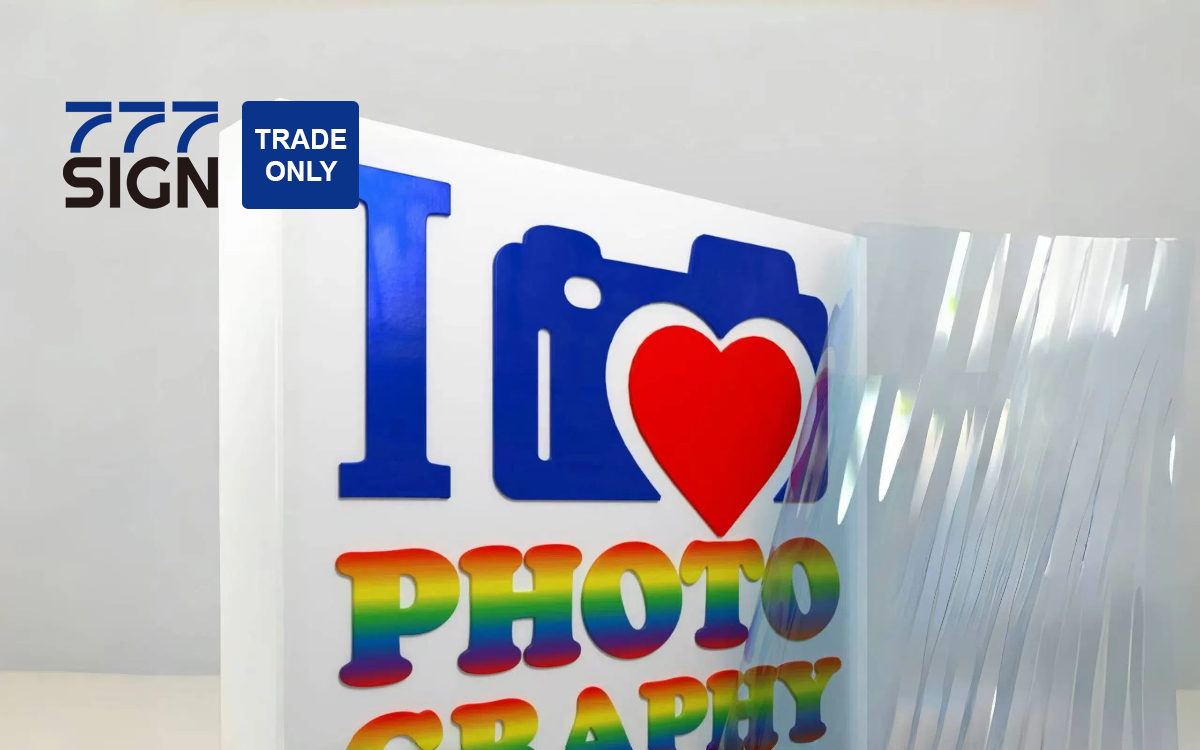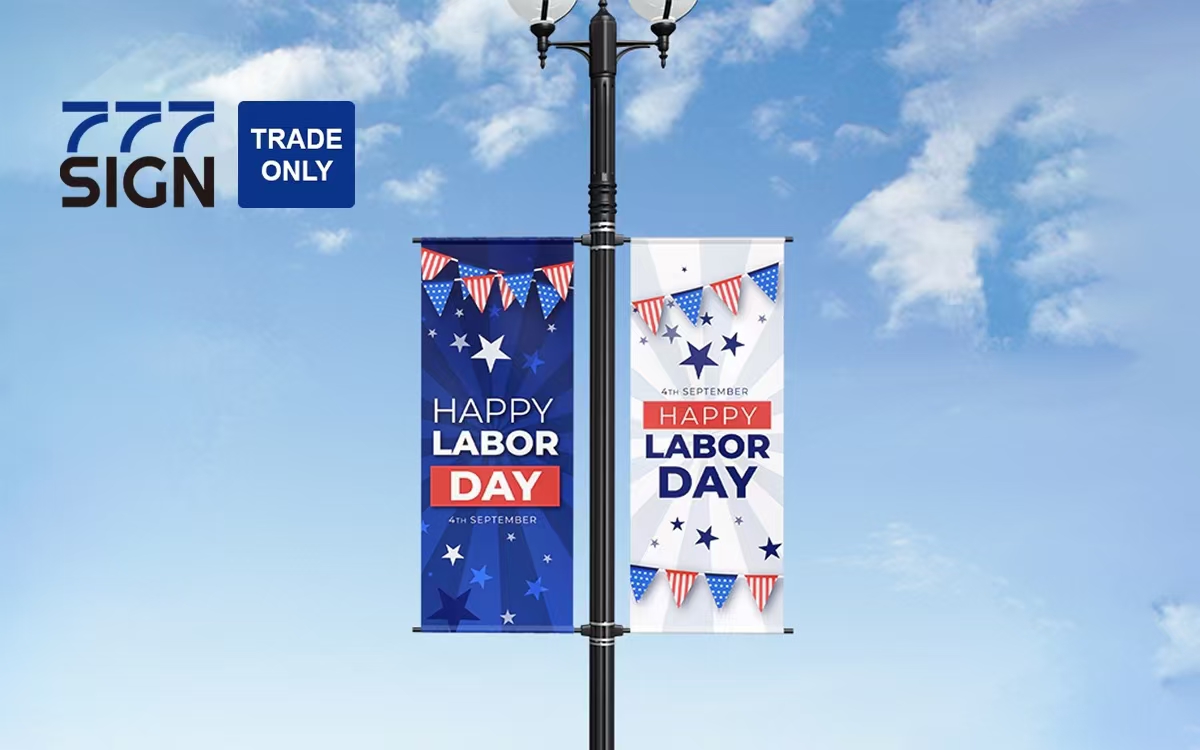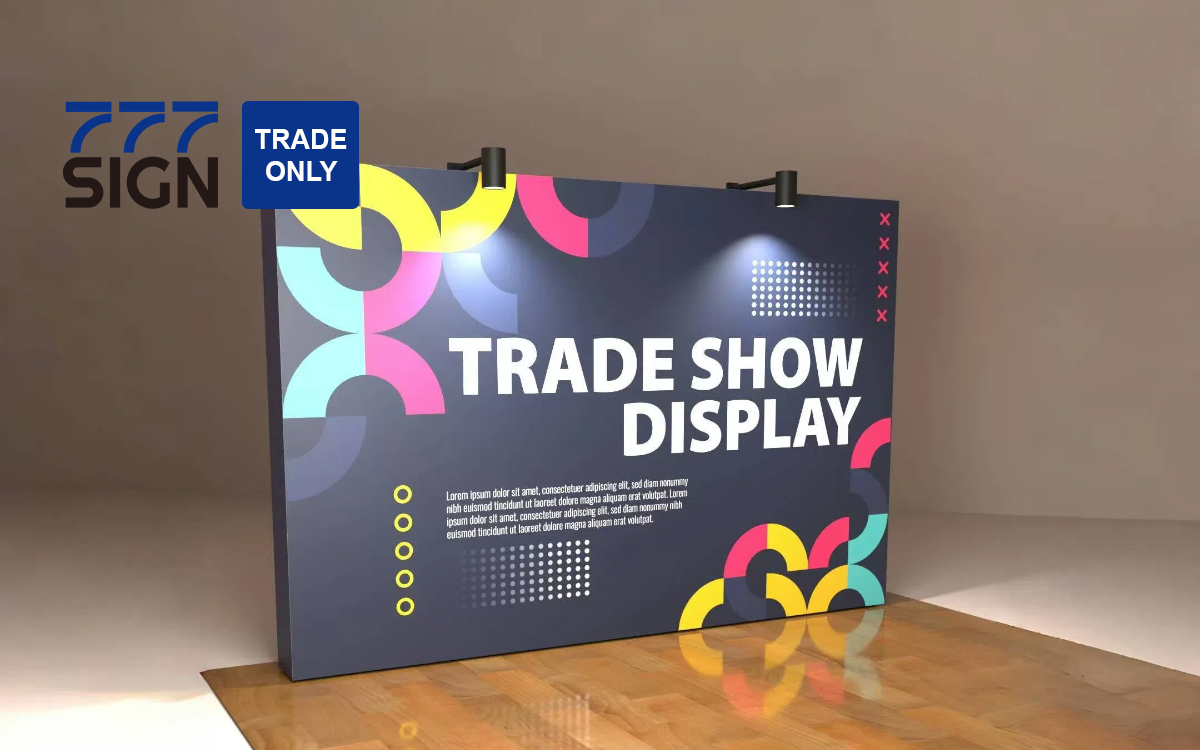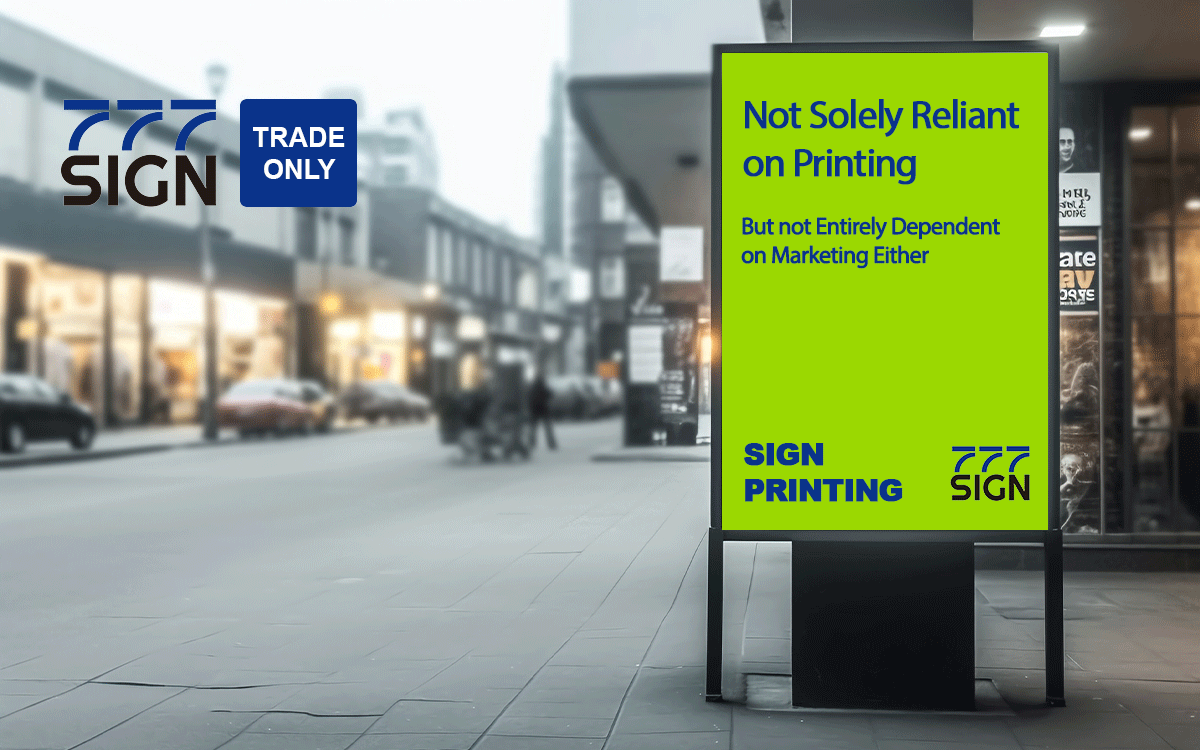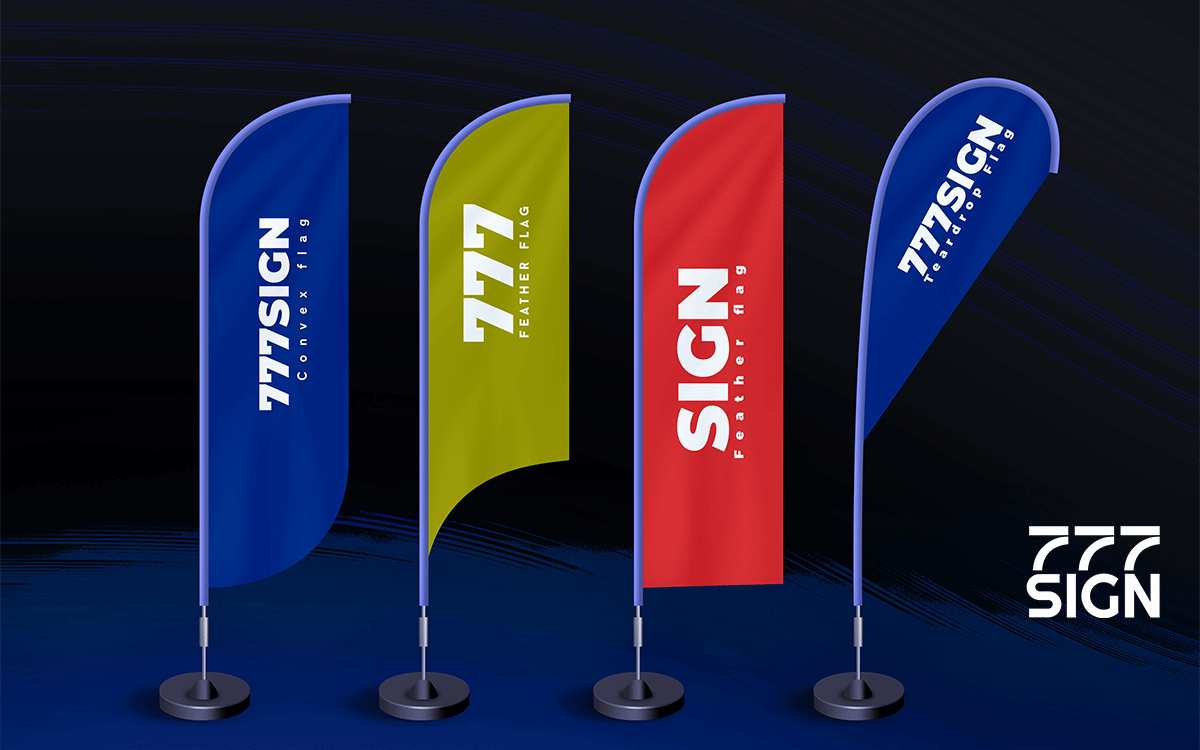In the world of printing, innovations like DTF printers (Direct to Film) and UV DTF printers are shaking up the industry. These new technologies offer alternatives to traditional methods like screen printing, heat transfer vinyl, and sublimation. But how do they stack up? In this comparative analysis, we’ll explore the differences between DTF printing and traditional techniques, helping print shops, promotional companies, and advertising agencies make informed decisions about their printing methods.
1. What is DTF Printing?
DTF printers are relatively new to the market and offer a versatile method of printing that allows for custom DTF transfers onto a variety of materials, including cotton, polyester, and blends. With DTF printing, the design is first printed onto a special film, which is then transferred onto the fabric using a heat press. This process is more versatile and cost-effective than many traditional printing methods.
2. Traditional Printing Methods: An Overview
Before diving deeper into DTF printers, let’s look at traditional printing methods:
- Screen Printing: A widely used technique for bulk orders, but limited in color and detail.
- Heat Transfer Vinyl (HTV): Good for smaller projects but less flexible in design options.
- Sublimation: Ideal for synthetic fabrics but limited when it comes to cotton or darker fabrics.
3. Advantages of DTF Printers Over Traditional Methods
- Flexibility: DTF printers allow you to print on a wide variety of fabrics and surfaces. Unlike sublimation, which is limited to polyester, or screen printing, which requires color separations, custom DTF transfers can be applied to cotton, polyester, leather, and more.
- Cost-Effectiveness: DTF printing is a more affordable option for smaller orders compared to screen printing, which can become costly due to setup fees and ink requirements.
- Ease of Use: With a DTF printer, especially models like UV DTF printers, the process is less labor-intensive than traditional methods, which require more setup and preparation.
4. UV DTF Printing: A New Era
UV DTF printers represent an exciting leap forward, offering the ability to print high-quality designs that are durable and resistant to fading. UV DTF printing is especially suitable for promotional items and advertising materials that require intricate designs with vibrant colors.
5. Choosing the Right Printing Method
When deciding between DTF printers and traditional printing methods, it’s essential to consider the nature of the project. For smaller runs or intricate designs, custom DTF transfers are often the better choice. However, for large bulk orders, traditional methods like screen printing may still be more cost-effective.
Conclusion
Both DTF printing and traditional methods have their merits, but for print shops, promotional companies, and advertising agencies looking for flexibility, versatility, and affordability, DTF printers and UV DTF printers offer compelling advantages. As technology continues to evolve, custom DTF transfers are becoming an essential tool in the modern printing arsenal.


